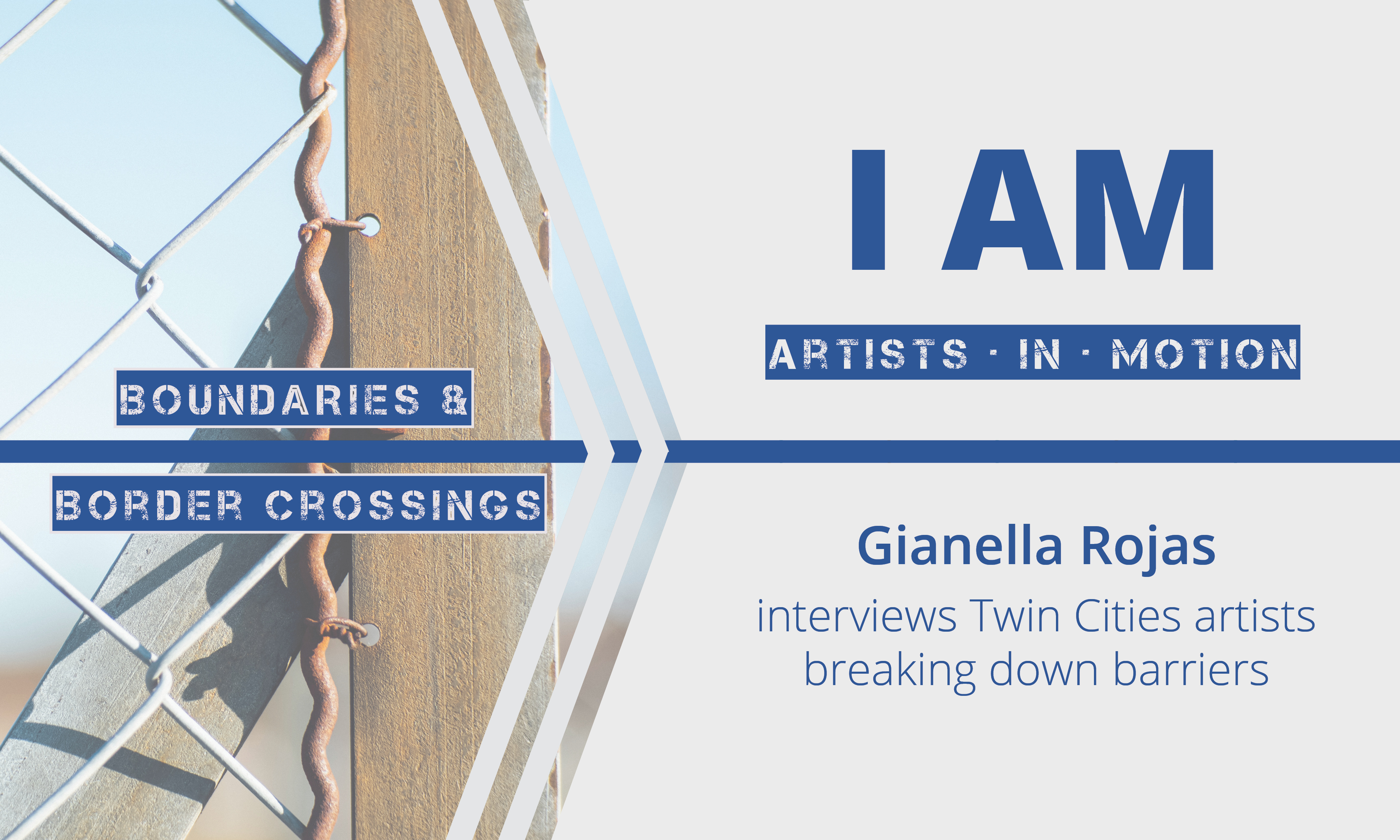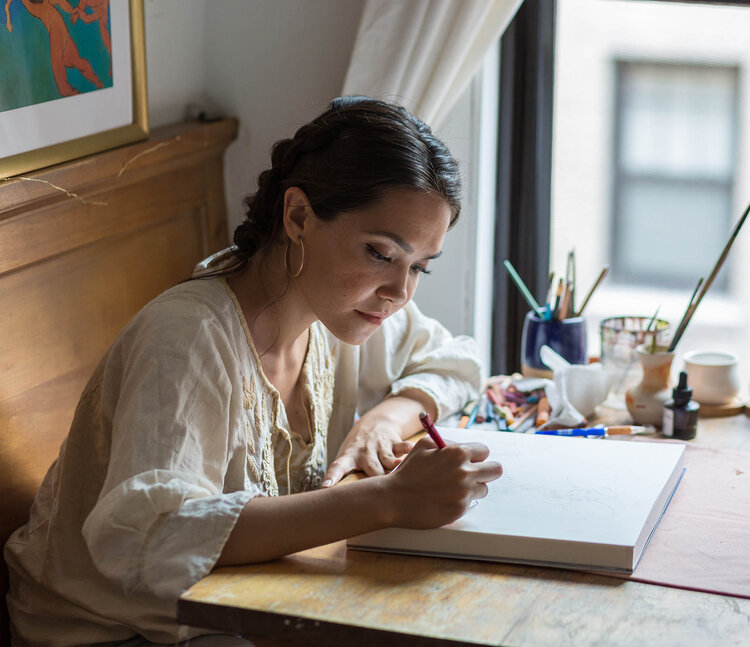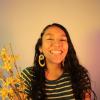Interview with Magdalena Mora

I AM (Artist in Motion) is an interview series meant to spotlight indigenous artists and artists of color in the Twin Cities. I had the privilege of working at the Loft as the fall 2019 marketing and communications intern, and when they gave me the chance to work on a project of my choosing, I AM is the first thing I thought of.
The artists in this series were people I found truly inspiring. They incorporate art into their lives in many different ways and expressions, finding time whenever or wherever they can. They show how art can be a form of healing, understanding, and moving forward. I hope you take in their words and feel that for yourself.
________________________________________________________

Magdalena Mora is a Minneapolis-based illustrator and graphic designer with a special interest in children’s books and visual storytelling. When she isn’t drawing, she spends her free time reading, people-gawking, and trying to find the best tacos in the Twin Cities. Equality’s Call: The Story of Voting Rights in America by Deborah Diesen (Beach Lane, 2020) is her first picture book.
What modes or mode of storytelling do you use, and how is this approach a unique way of telling a story?
Illustration is my primary mode of storytelling. At the moment, I’m mostly working on picture books. Occasionally I take on editorial projects or smaller illustration assignments.
Picture books are unique for so many reasons. They rely on this symbiotic relationship between images and text. Pictures can help communicate feelings and tone—things that are often difficult to express in words—while words can give shape and context, among other things, to a story. My favorite picture books navigate the balance between the two.
Also, the length of most picture books forces the author/illustrator to consider what’s essential to telling the story and what isn’t. The form values economy and brevity. Some might find that limiting, but I find those parameters incredibly exciting. It’s like being given a Post-it Note and asked to come up with all the different ways it can be used. The possibilities are endless.
What is your process in creating and portraying your art? What do you do before you begin? Do you have a routine?
I’m beholden to my routines—they’re what keep me balanced and organized. I have my day-to-day routines like waking up at the same time—5:30 a.m.—to draw; eating the same breakfast—eggs and toast; and working at the same coffee shop every Sunday. Between juggling a full-time job and illustration career, it’s helpful to structure everything else around these simple routines.
As for process, most projects begin the same way. I start by creating a mood-board of sorts that I tape to my kitchen wall. This includes pieces of illustration/art that inspire me; examples of textures, materials, and color palettes; bits of research; etc.
More recently, I’ve also been doing written studies on characters in my upcoming picture book projects, trying to figure out their motivations, their backstories, even their favorite colors and what their homes look like. Most of this pre-work won’t make it into the final illustrations, but it informs nuances in the character, like how they hold their body and what they wear.
After that research and exploration phase, I spend a lot of time on thumbnails and sketches. After a millennium, it seems, I move on to final art. Also, whenever my hand cramps up from drawing for hours or when I feel stuck, I go for a long walk. And I celebrate after finishing a big project. Always. Those are very important parts of the routine.
How do your stories connect to your identity? How do they connect to your community?
I was raised in/by communities that were rich with readers, storytellers, historians, artists, educators, and activists. I can only claim a few of those titles myself, but being surrounded by those communities and their stories has impacted me in ways that I’m still uncovering and haven’t yet found the right words for. Maybe that’s why I prefer drawing to writing.
There’s a longer answer to that question, but it would probably end up being a novel.
Why do you do what you do?
Because children deserve to see themselves in the books they read—and not just as background characters.
Also, because my sensibilities as an illustrator are much more aligned with children’s books. Kids are such engaged readers when they find the right books. They can more or less buy into anything if it’s told/illustrated with care and honesty, which isn’t to say they’ll love everything that’s told with care and honesty. Kids are the toughest critics and most passionate readers. I’m excited by the challenge of creating work for them.
